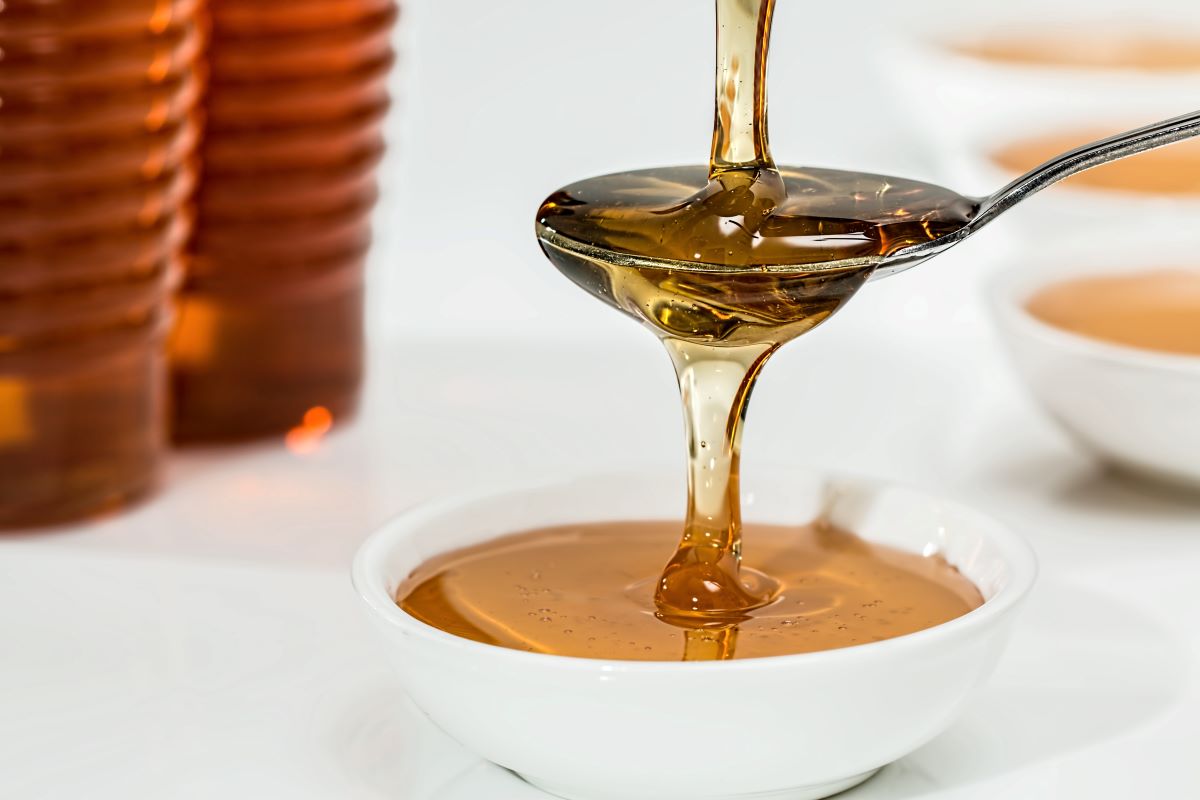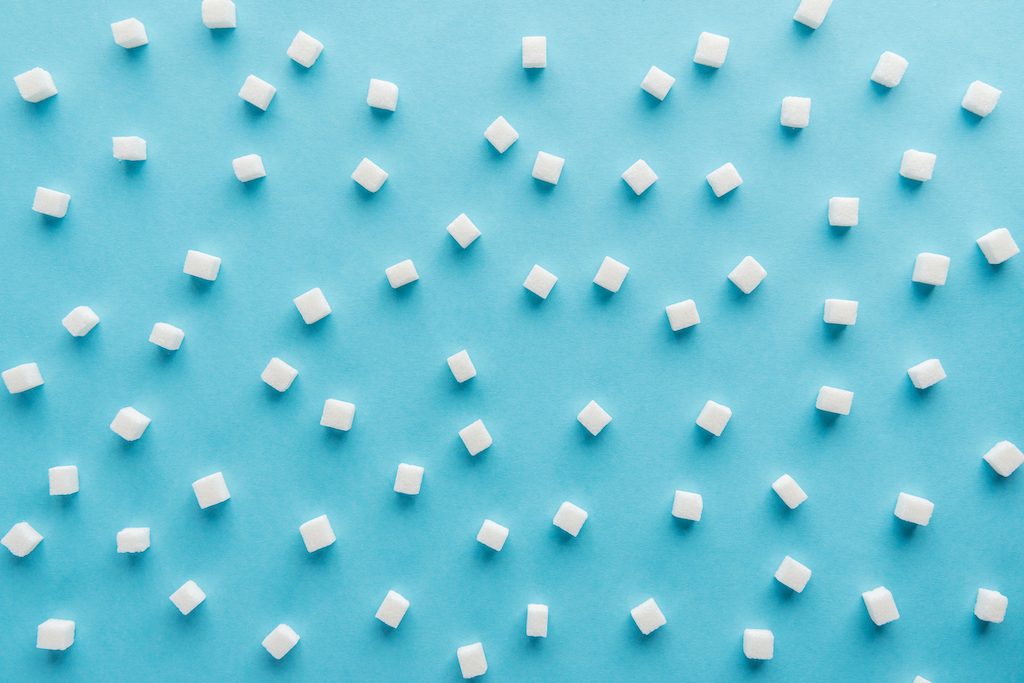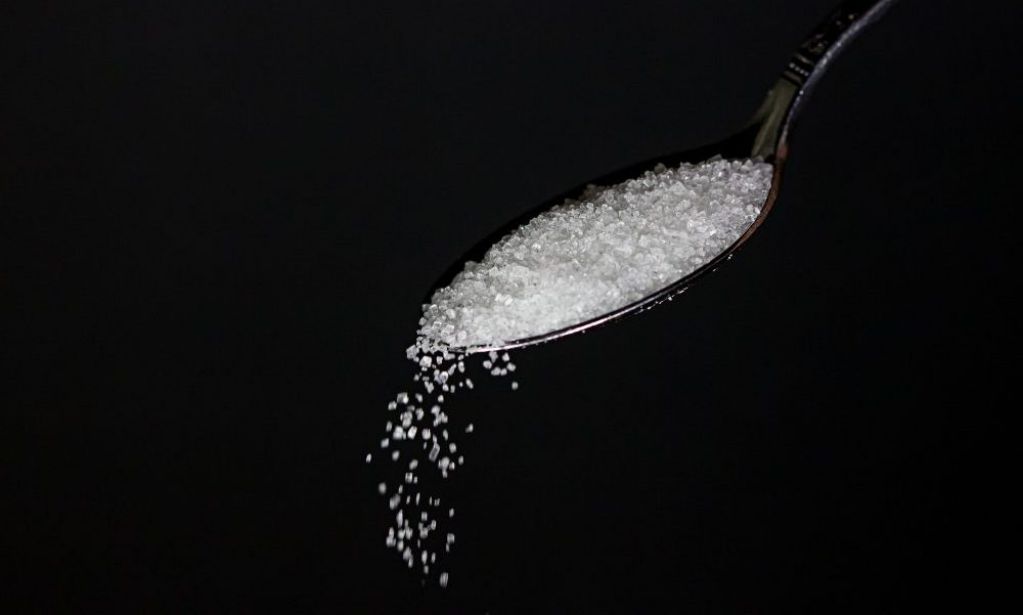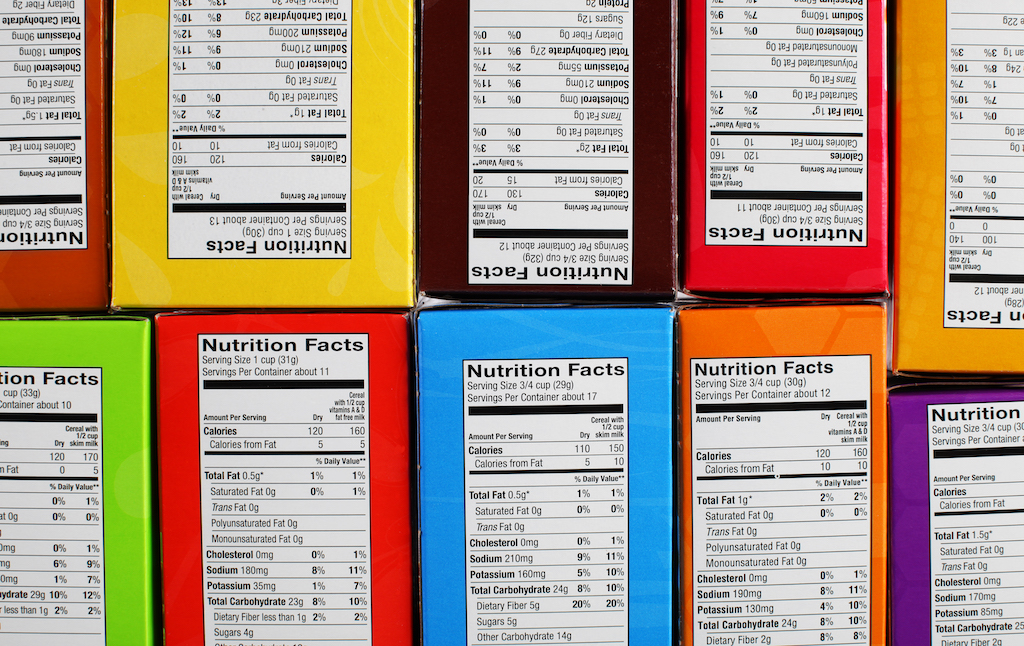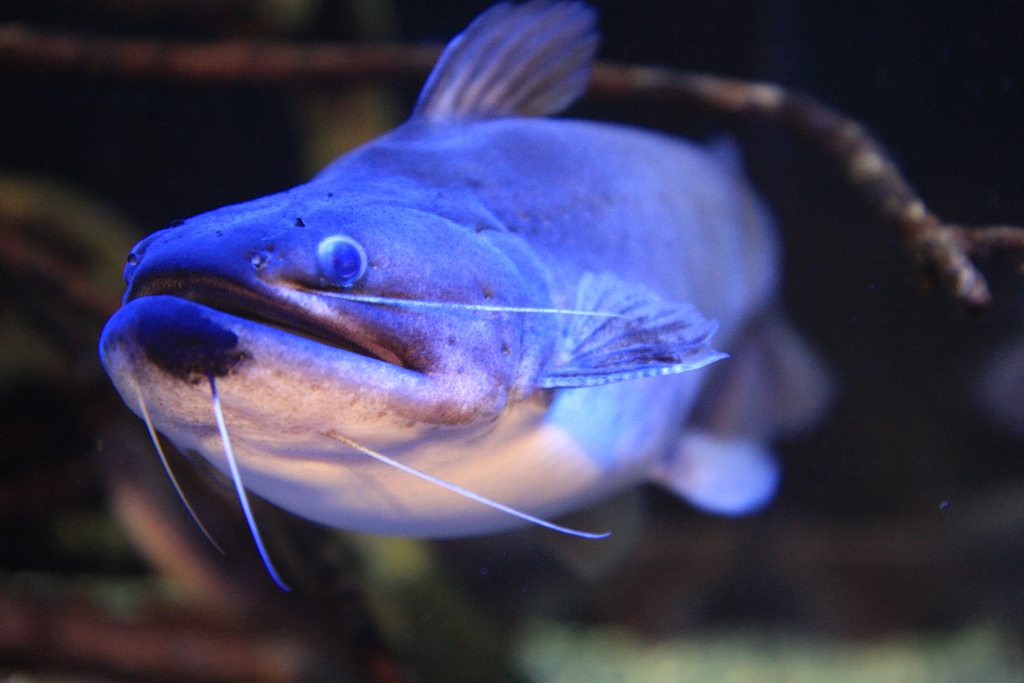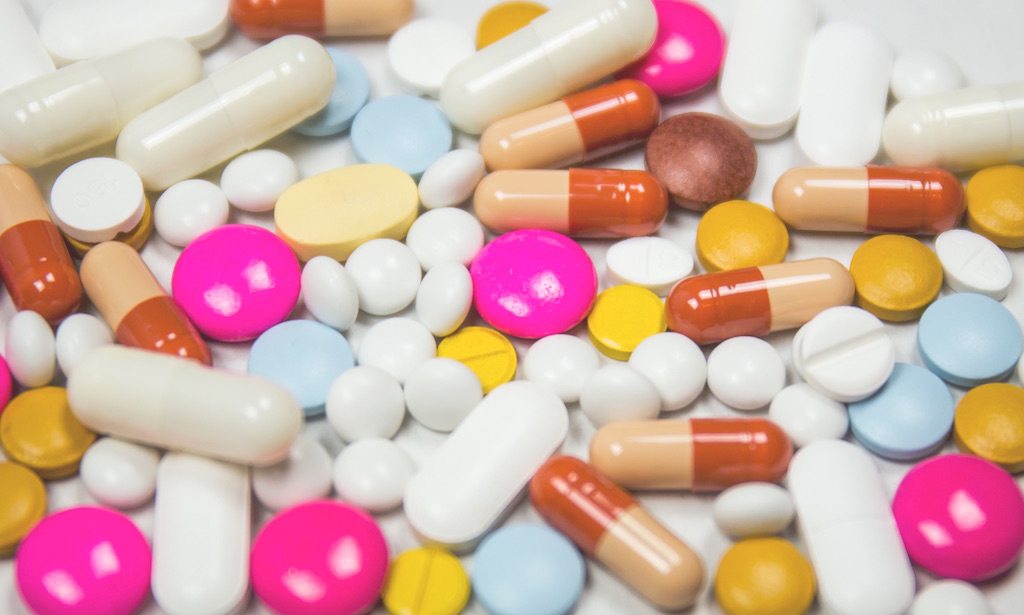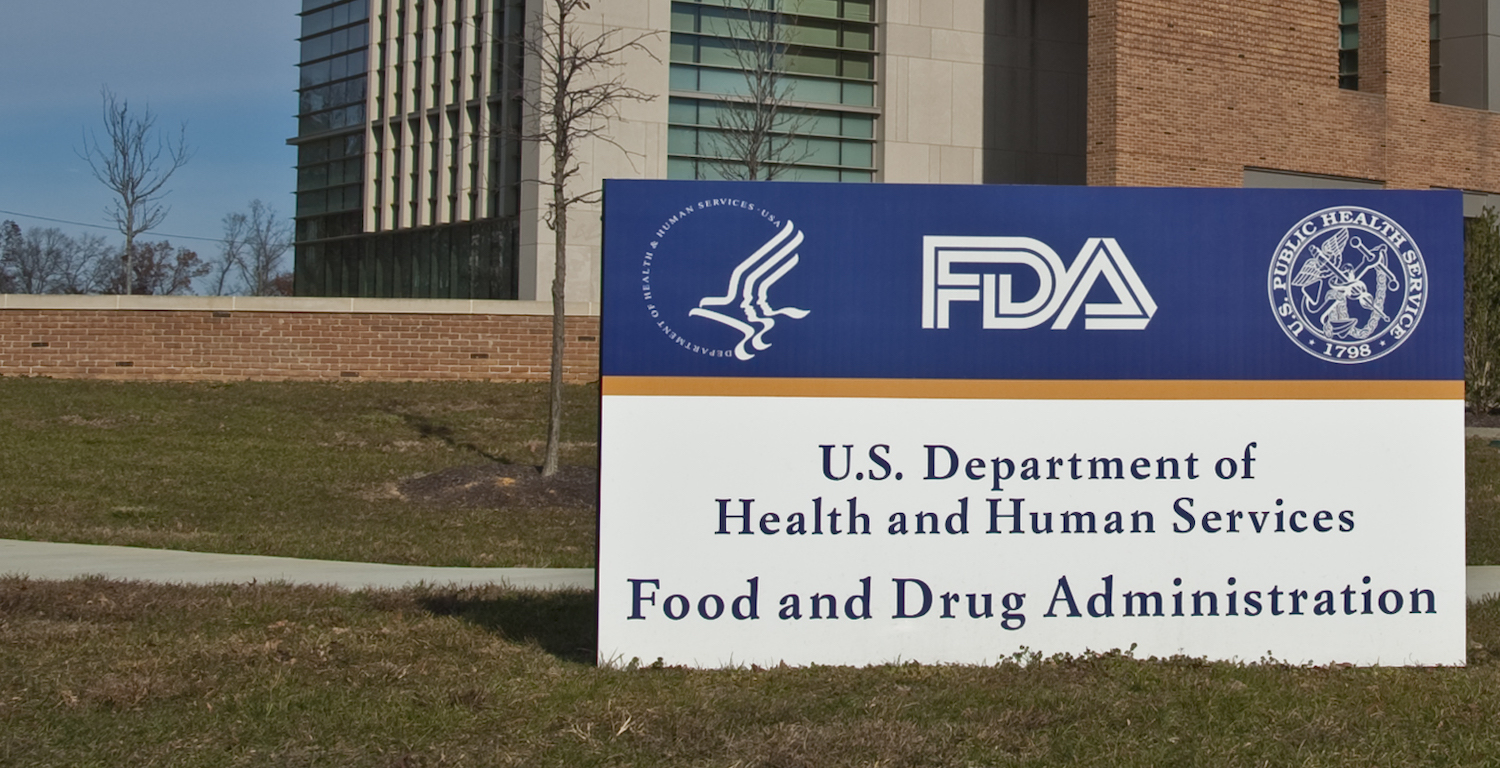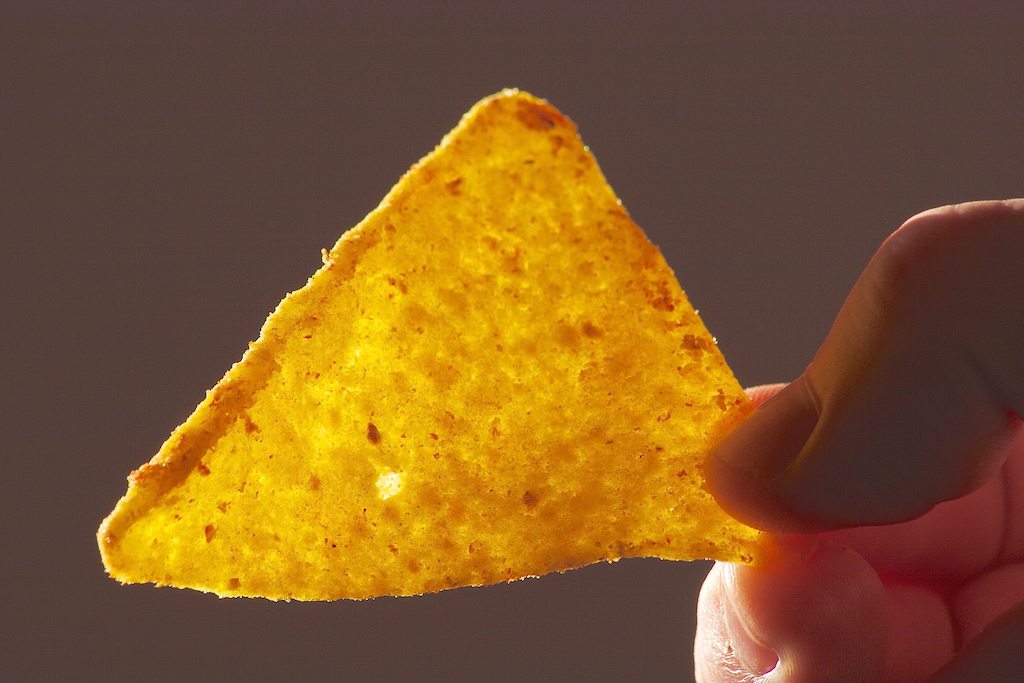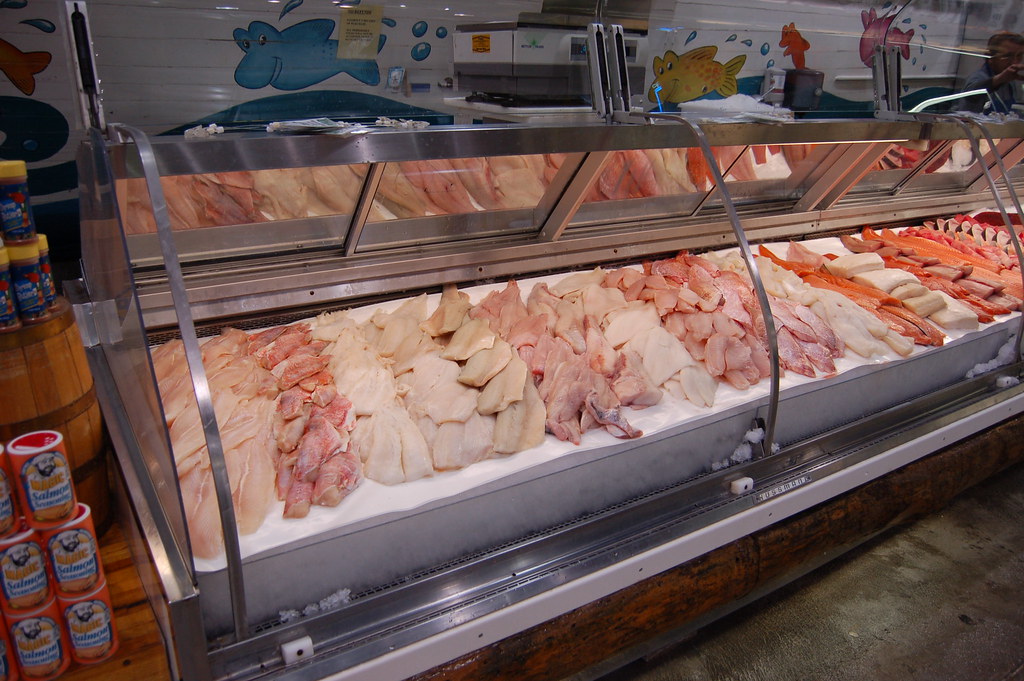A thought experiment: How much “added sugar” would you say is in a teaspoon of cane sugar? You might argue that none of it could qualify as “added” because, well, sugar is the only ingredient in that teaspoon. Or, you could make a case that all of it is. You’d be right either way. For almost a year, the Food and Drug Administration (FDA) has been musing over this very conundrum. In 2016, the agency announced that it would begin requiring producers to specify added sugar content on nutrition facts labels, a rule that takes effect in 2020. That’s an easy enough task for products like cereal or cookies. But when it comes to single-ingredient sugars like honey and maple syrup, concerned producers, eaters, and even some politicians have argued that an “added sugar” disclosure on single-sugar products would be misinterpreted as a declaration of unnecessary additives.
“I think it’s confusing, and confusing labeling hurts everybody,” Roger Brown, co-owner of a Vermont-based maple syrup farm told Vermont Public Radio last year. “So let’s figure out a way to get to where the FDA needs to get without confusing consumers. No one is picking up a bottle of syrup and saying: ‘I didn’t know there was sugar in here!’”
The agency’s new guidance also attempts to bring clarity to another source of confusion: Cranberry products. Manufacturers of cranberry juice or Craisins have complained that an added sugar labeling requirement puts them at a marketing disadvantage. Unlike apples and grapes, cranberries are a naturally tart fruit. Adding sugar to cranberry products, producers argue, only brings them up to speed with the rest of the field.
While FDA will still require cranberry products to list added sugar values on nutrition facts labels, it will permit producers to add a footnote that explains that cranberries are inherently tart—but that cranberry products don’t have any more total sugar than corresponding fruit juices and dried fruits.
This isn’t the first exception that FDA has considered to its “added sugar” requirement. In May, the agency proposed exempting allulose, a low-calorie sweetener, from the new labeling rule. Manufacturers of single-ingredient sugar products have until July 1, 2021, to get their ducks in a row.
